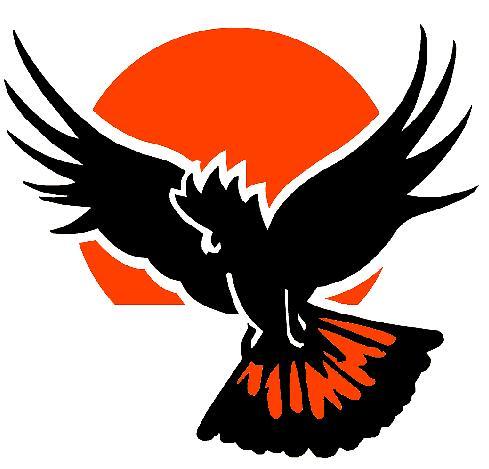Help our Red-tails
Fence off existing stands of Stringybark and Buloke and scattered paddock trees on your property, to protect from stock damage and to allow for natural regeneration.
Incentives for nests
Incentive payments are again being offered to landholders and members of the public for the discovery of new nests sites as part of the Red-tail Nest Incentive Scheme.
Join the count
Although we can’t guarantee you’ll see a Red-tail on the day, we’re sure you’ll enjoy a fun day out in the bush searching for our colourful cockatoos.
Welcome
Kids Helping Cockies Project
Over the last four months, Project Staff from the South-eastern Red-tailed Black-Cockatoo Recovery Program have been on the road visiting students at a number of South East SA Schools to talk about the endangered South-eastern Red-tailed Black-Cockatoo, as part of the ‘Kids helping Cockies helping Cockies Project’.
.jpg)
Funded through the 2012-13 SA NRM Community NRM Grants Program, the project has had a strong focus on educating students about the conservation needs of the cockatoo, and the propagation of the species key stringybark food trees, with the aim of establishing five school nurseries to grow stringybark seedlings for SERTBC habitat restoration projects throughout the region.
Presentations have been made to fifteen schools across the South East, to date, including Glenburnie Primary School, Newberry Park Primary School, St Martins Lutheran College, Kangaroo Inn Area School, Nangwarry Primary School, Naracoorte Primary School, Naracoorte South Primary School, Padthaway Primary School, Allendale East Area School, Lucindale Area School, Melaleuca Park K-7 School, Reidy Park Primary School, Mt Gambier North R-7 School, Penola Primary School and Mil Lel Primary School. Over 1270 students ranging from Reception to Year 9 have participated in the sessions.
At each school students have learnt about what the cockatoo looks and sounds like, its habitat, diet, breeding, threats to and recovery actions implemented as part of the recovery program. Students have also learnt about the propagation and revegetation of stringybark trees, and the connection between this and the long-term survival of the cockatoo. At each school, a small amount of stringybark seed, seed tray and potting mix was left with the school/class teacher for the students to plant and observe germination. Where time permitted this was completed with the students during the session.
Students and teachers have shown a high level of interest in the presentations, which is particularly evident by the number of questions during and after each session. The students have also continued to impress staff with their existing knowledge and often detailed questions about the cockatoo and propagation of stringybark. The sessions have proved to be very successful in engaging and capturing the interest of many of the students and teachers involved, many of which have indicated their interest in establishing an ongoing stringybark growing program for Red-tails.
Six schools have shown interest in establishing a school nursery to grow stringybark for SERTBC habitat restoration projects in the future. Tim Burnard has assisted five schools in the preparation of grant applications through the latest round of SA NRM community grants. Announcements regarding these applications are expected later this year, with successful schools to begin establishment of nurseries in October 2013.
Many thanks to all the students and teachers involved in this project, and to the project staff, Tim Burnard, Kerry Gilkes, and Bronwyn Perryman for the many hours spent contacting schools, delivering presentations, undertaking follow-up visits, preparing grant applications, and making this project such a success.
Redtail News
-
BirdLife Australia and the Recovery Team are once again looking for volunteers to assist with the 2024 annual count for the nationally endangered South-eastern Red-tailed Black-Cockatoo.
This year the count will be held on Saturday 4 May across the cockatoo’s range in the South East of South Australia and South-west Victoria.
More%20edit.jpg)
-
Feb 14, 2014
Latest Video
.png)







